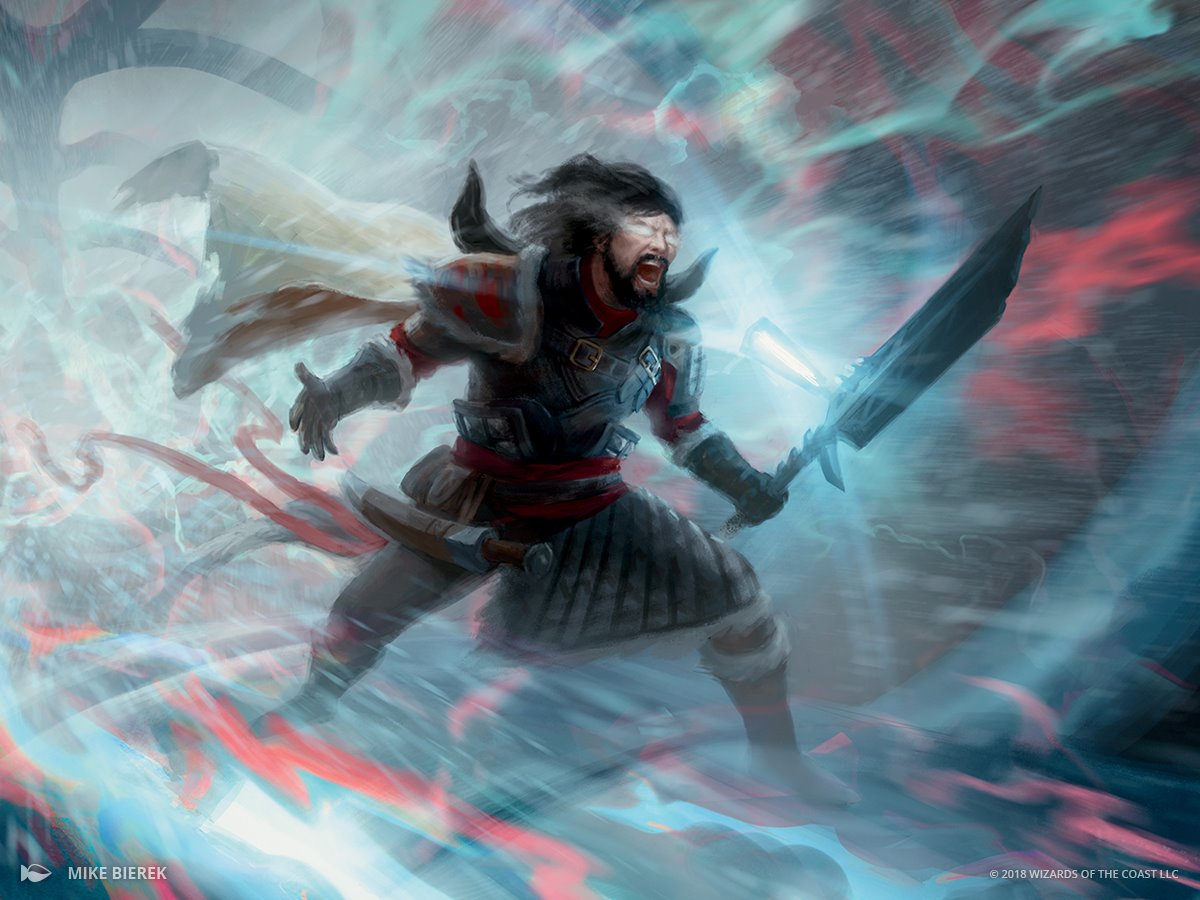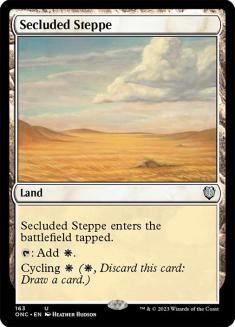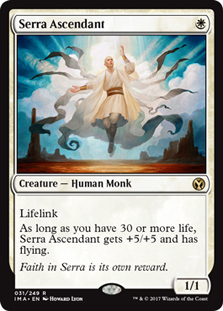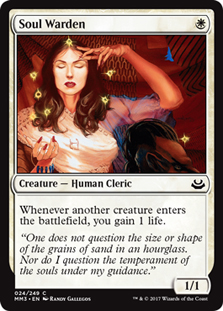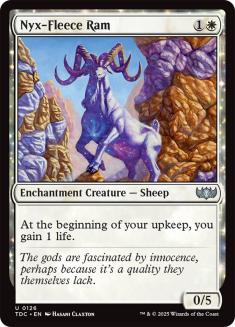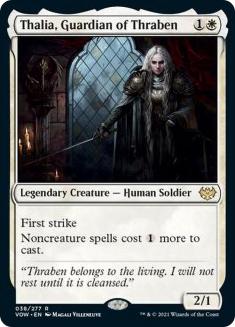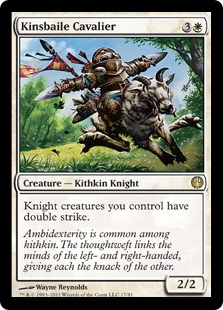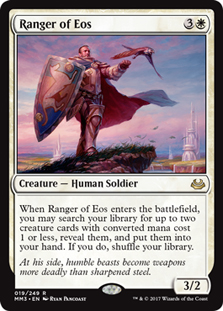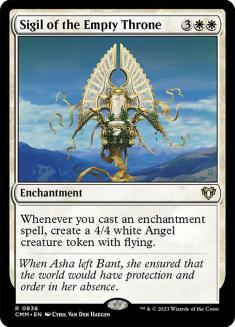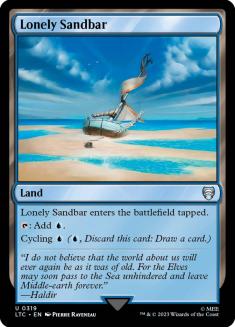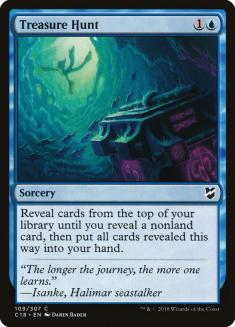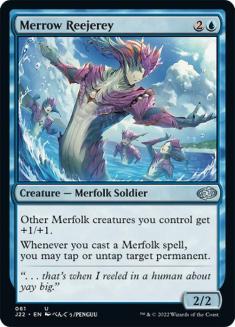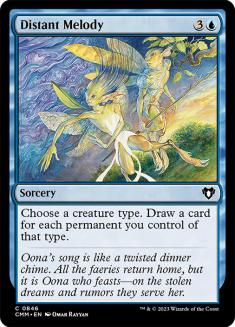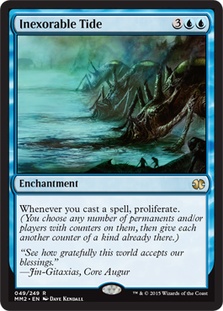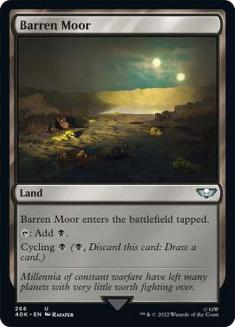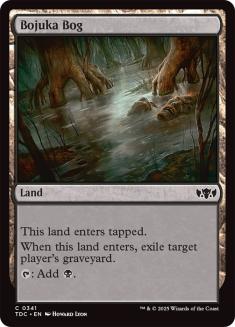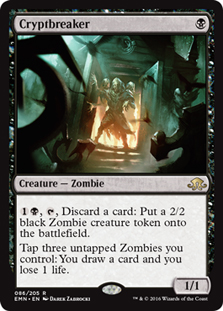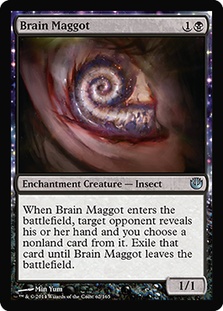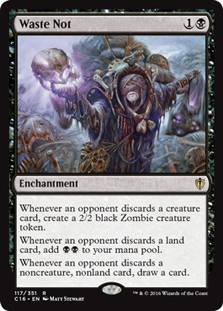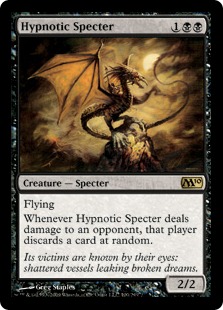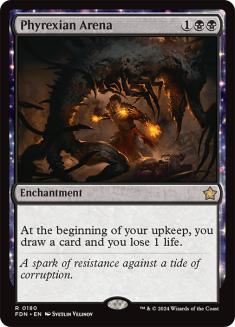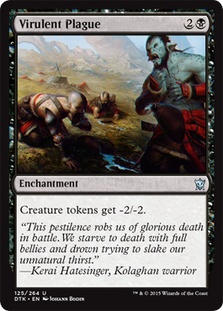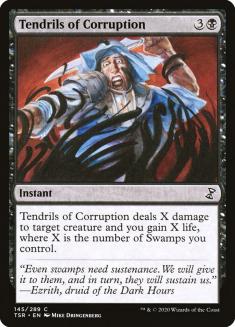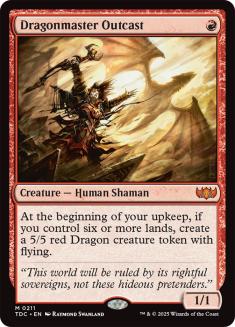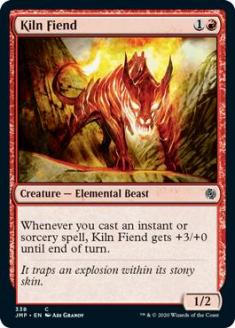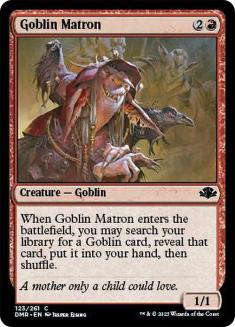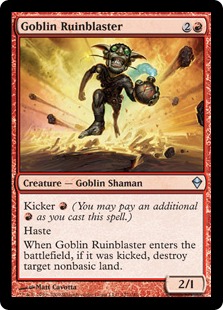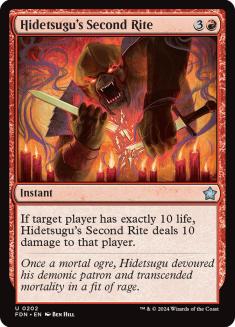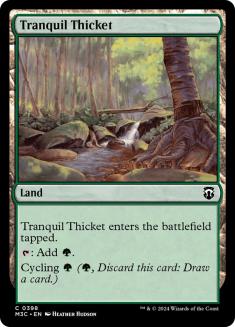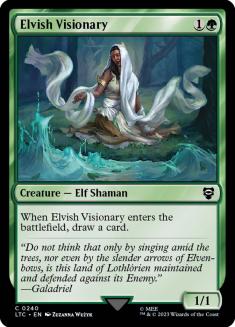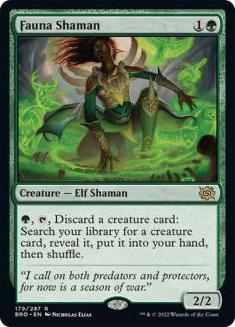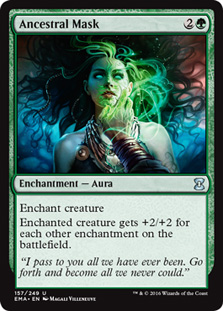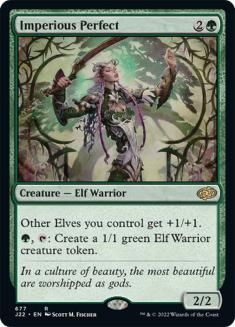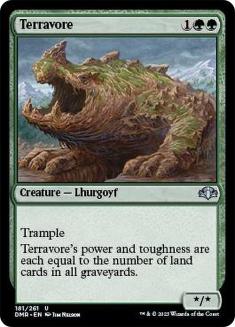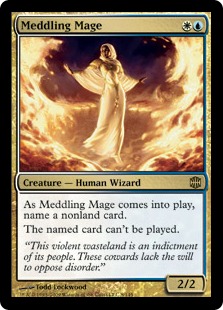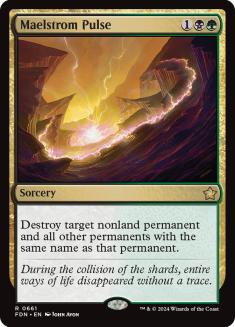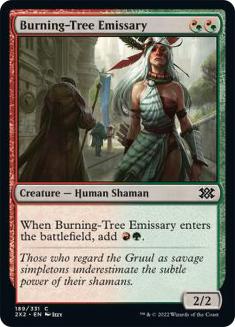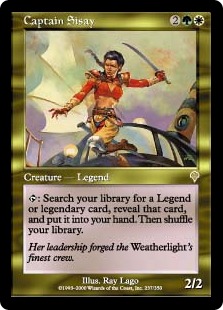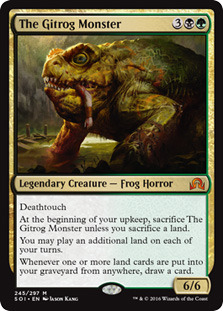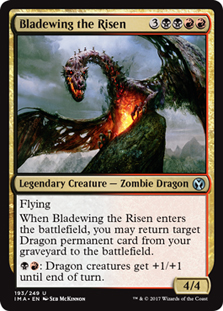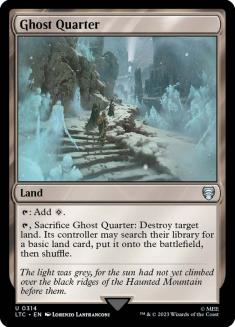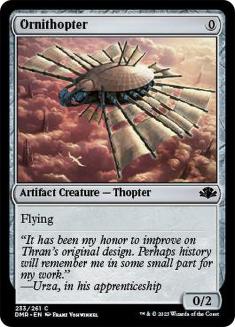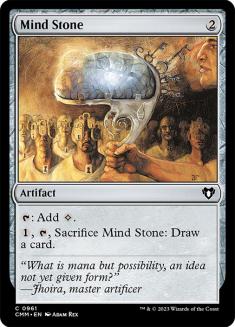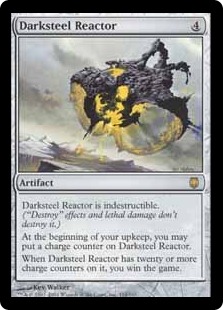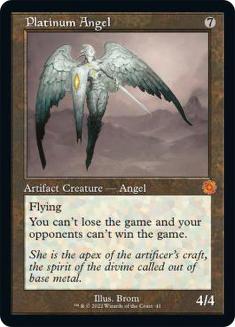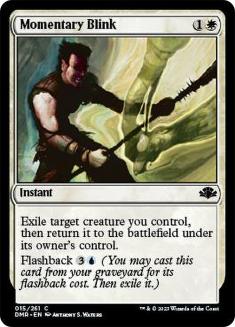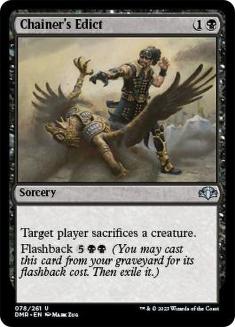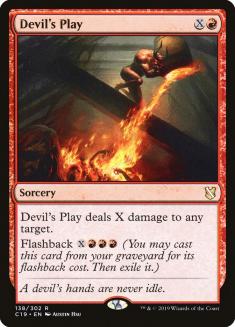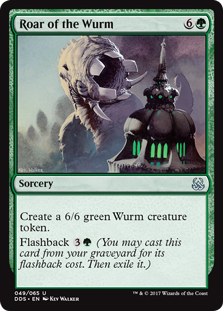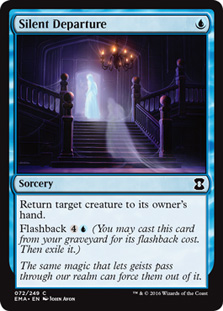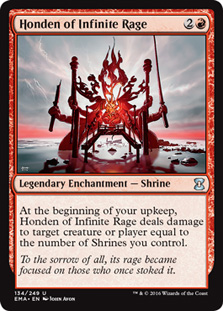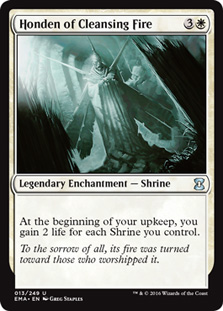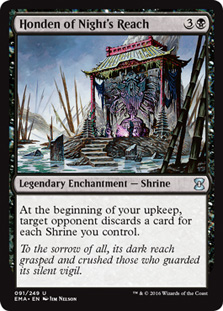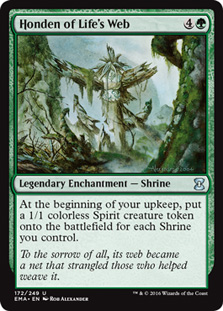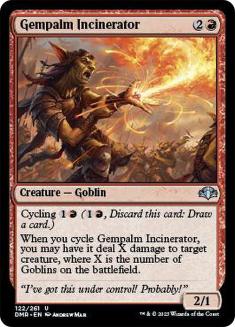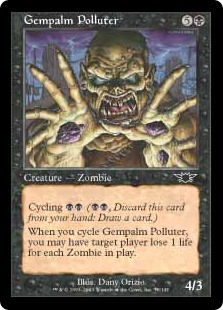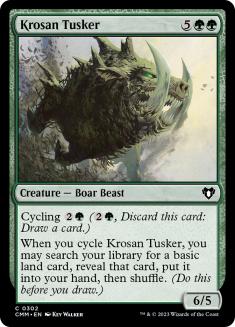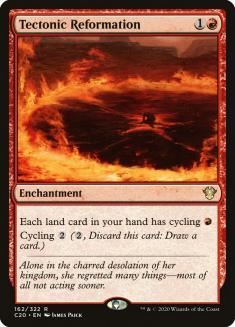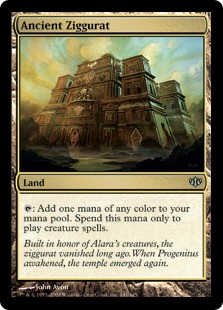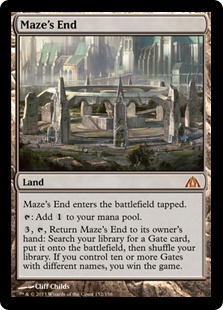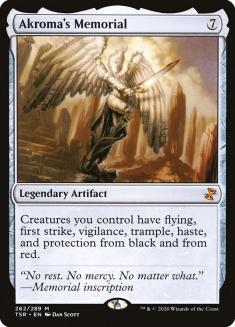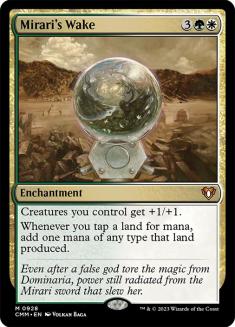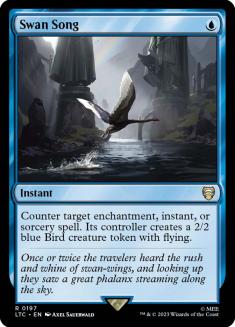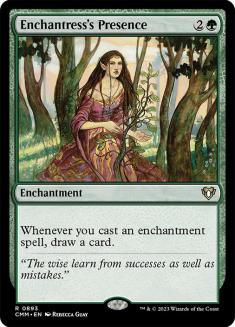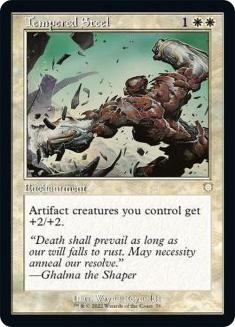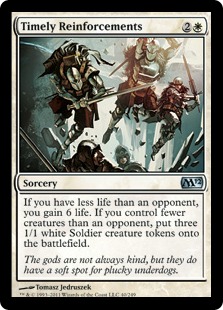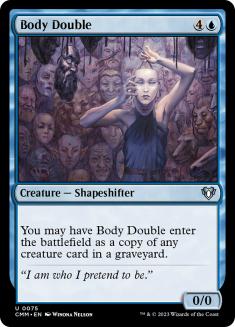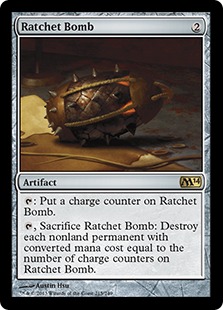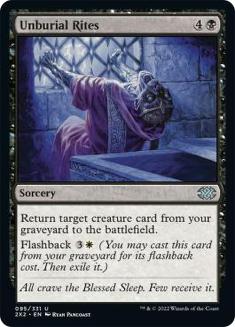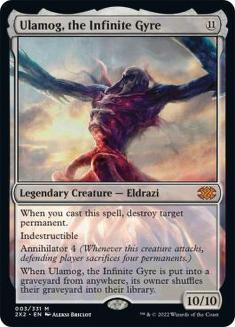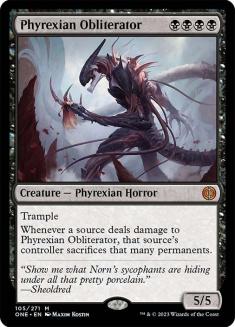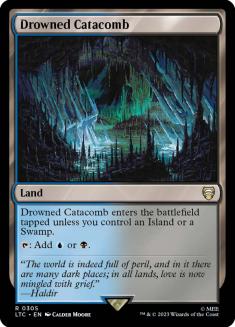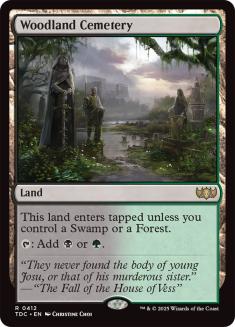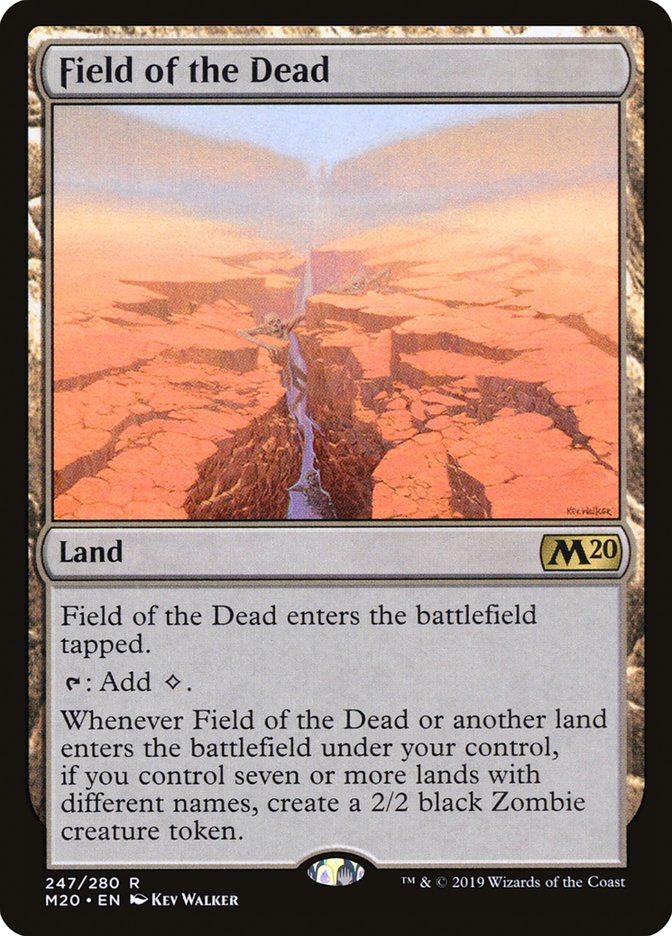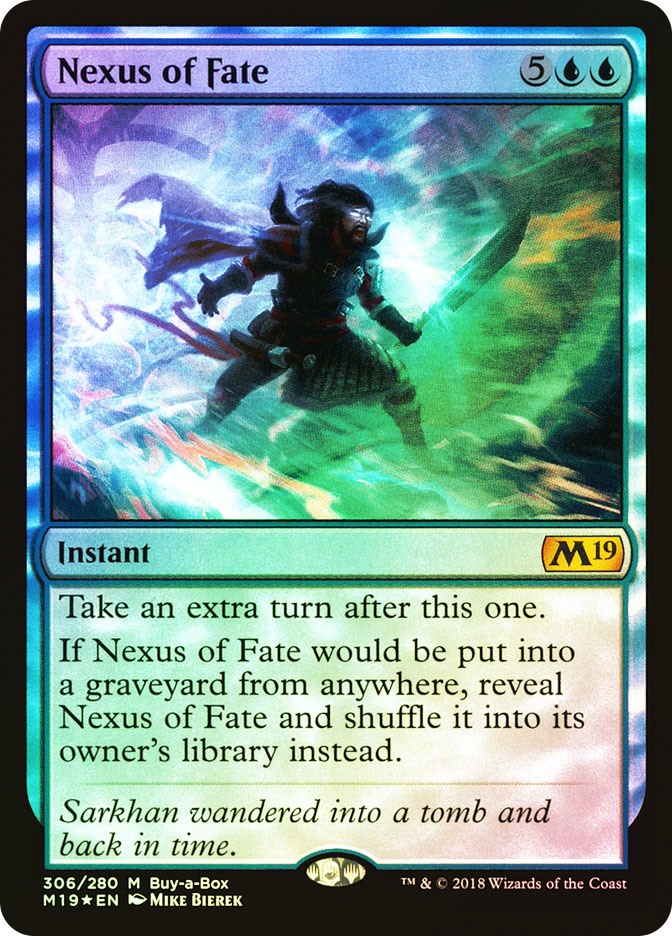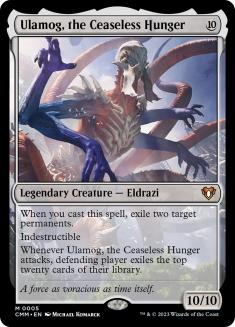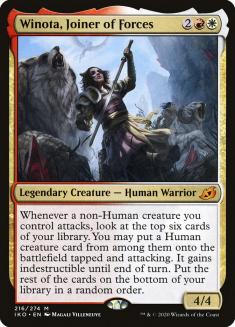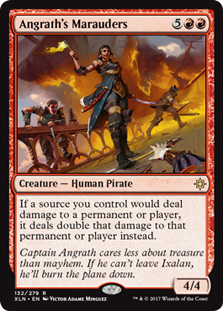Spare a thought for Historic, the newest kid on the block but never the hot new thing. Completely overshadowed by the advent of Pioneer, confined to Magic Arena (Arena) where format-specific restrictions on Wildcards seemed designed to drive players away before they had any chance to arrive, and lacking any support for competitive play, Historic was an easy target for jokes on any slow news day.
This is all changing. Upheaval in other formats has left their long-time fans looking for new outlets — in particular, enfranchised Arena players disillusioned with Ikoria Standard are keen for a new playground. The Arena Wildcard system has become less explicitly hostile to users dipping their toes in this fresh format. The competitive spotlight is on Historic after a recent announcement that it will be featured at the Mythic Invitational. If the format ever has a chance to shine, it’s now.
Let’s back up. What is Historic? The card pool consists of every former and current Standard-legal set on Arena, namely:
- Ixalan
- Rivals of Ixalan
- Dominaria
- Core Set 2019
- Guilds of Ravnica
- Ravnica Allegiance
- War of the Spark
- Core Set 2020
- Throne of Eldraine
- Theros Beyond Death
- Ikoria: Lair of Behemoths
Additionally, the Historic Anthology sets seed the format with iconic build-around cards and useful role-players that shape its character:
This puts Historic in the curious position of featuring cards that aren’t legal in Pioneer and even Modern despite being far smaller than both. In some cases these serve to illustrate the difference between traditional and modern design philosophies:
In others, this creates important mismatches as the strength of certain threats or answers doesn’t scale with the rest of the format. Mind Stone is a relic of an era where two-drop, colourless acceleration wasn’t out of bounds — an era that ended a few years into Modern, a few years before Pioneer, and a decade before Ikoria Standard. There are more ways to use that mana jump in older formats but its relative strength is higher the smaller the format is. Aggressive decks in Pioneer would give anything to have Thalia, Guardian of Thraben; midrange and control in Pioneer would dearly love Timely Reinforcements. Other niche cards are incredibly powerful in strategies that don’t really exist yet — it’s easy to imagine artifact-themed aggro eventually competing in Historic but a critical mass of solid, cheap artifact creatures is just as important as Tempered Steel.
The injection of cards into a format via supplemental products is often criticized for disrupting its natural evolution. The fact that any new card in an older format had to be printed in a Standard-legal set used to act as a safeguard against custom designs being too pushed. With this guarantee conclusively abolished, there’s more room for tailored curation of formats via sets like Historic Anthology 1-3. The inclusions and omissions each tell us a lot about the vision for the format and what it still needs to ensure a healthy balance. The most notable absences are staple effects like removal or other interaction that are better than the existing options as well as a cycle of multicolor lands or other much-needed additional fixing:
The checkland cycle brought into the format by Ixalan and Dominaria makes the mana for slower two-colour or three-colour decks less painful and even smoother in conjunction with the Triomes. Unfortunately this is no consolation for aggressive decks which desperately need untapped sources of all their colours on the first turn — Dragonskull Summit makes it harder for Rakdos Aggro to lead with Fervent Champion and/or Knight of the Ebon Legion. Ancient Ziggurat is a wise inclusion in Historic Anthology 3 for this reason but pushes aggro even further towards creature-heavy configurations — that Rakdos Aggro deck can curve out more easily with Ziggurat but can’t cast a game-ending Experimental Frenzy — and doesn’t count towards mana sources for important noncreature sideboard cards. The mana in Historic is fairer than in Pioneer, where enemy colours enjoy far better mana than allied colours thanks to the distribution of multicolor land cycles between sets, but that just means aggressive decks of all stripes get to wallow in their shared misery.
The creatures in Historic are improving much more quickly than the removal. Heartless Act is the most recent Doom Blade and the best-ever Doom Blade, but there are diminishing returns on how good extra removal at the same mana cost can be. Fatal Push — or a decent imitation of it — would go a long way in letting interactive decks keep up with aggro, especially on the draw. Chainer himself may have returned for the Dominaria reunion tour but his Edicts simply aren’t what they used to be.
Until these holes in the format are patched up in new sets or future Anthologies, deckbuilders should be aware of these limitations and ready to exploit them.
The larger question of what Historic is in practice looks much harder — part of the format’s appeal is that there’s no clear answer yet. Emma Handy’s first map of Historic is well worth reading but Ikoria: Lair of Behemoths is as influential here as anywhere and Historic Anthology 3 has already made a clear impact on the young format to match its predecessors. Even the Treasure Hunt meme deck looks a lot different now:
Lands (53)

This lack of definition presents deckbuilders with unique opportunities and challenges. The old refrain about control is that you can’t optimize a reactive deck until you know what you have to react to — the Shaheen Sooranis of the world know less here than ever! You can build anything you like without any idea of how high a bar it needs to clear. Without tournament results to sketch these contours, we are stuck in the purgatory of preview season where everything seems possible but you know most of it is sure to fail. The state of the format is reminiscent of Legacy before it became a fixture of the SCG Tour or Pauper for most of its life on Magic Online — the preserve of a handful of grinders and apparently an oasis of diversity that may be exposed as a mirage when the game’s top players and innovators turn their gaze towards it.
With this in mind, a big-picture view of the format is a good starting point. The size of the format sets these initial expectations — with just three years of sets, Historic is considerably smaller than Pioneer’s eight or Modern’s seventeen (!) and even smaller than the closest analogue in four-year Extended, which was routinely lampooned as a collection of the most obnoxious Standard decks from the past few years. That looks a lot more true of Historic, especially as the non-Standard sets are markedly less powerful than the post-War of the Spark norm — Ixalan block was a flop compared to its peers in 2017 and looks laughable alongside Throne of Eldraine. The banning of Oko, Thief of Crowns; Veil of Summer; and Once Upon a Time cuts out the Simic Food shell that had a stranglehold over its format, but other Standard menaces are shoe-ins for Historic:
Gerry Thompson took a tour of Field of the Dead and Emma Handy’s piece this week goes over (and over, and over…) Simic Nexus. These ramp strategies have distinct gameplans but both execute their own very effectively and they collectively set a litmus test for the format. Trying to gain an incremental advantage or take charge with midrange threats is an invitation to be buried by a horde of Zombie tokens or have your next turn postponed indefinitely. Anyone trying to go “over the top” of the ramp decks needs to prove that they can beat them in the end-game (as well as newer challengers like Ulamog, the Ceaseless Hunger) while reaching the end-game just as consistently.
This tough task is even harder when each ramp deck requires different counterplay. The card Field of the Dead shrugs off counters and discard, and these decks have enough redundancy on their ramp spells that going after those is an uphill battle and so you have to end the game quickly, finish the game with evasive threats when the ground is locked up, or pursue a strategy that doesn’t care about the battlefield. Simic Nexus ignores the battlefield aside from a handful of haymakers and the clunkier threats that can go through or around a wall of Zombies are too slow to race Nexus reliably.
Pressure backed up by counters or discard is a stronger recipe, but the colours with access to these effects lack ways to apply pressure and the mana in Historic isn’t good enough to bridge this gap. Teferi, Time Raveler is one of the best cards against Nexus but also boxes out the counters that could fight it. The addition of Uro, Titan of Nature’s Wrath also gives Simic Nexus a valuable tool for its main plan that happens to be excellent against the forms of interaction that are supposed to swing the matchup.
Field of the Dead and Nexus of Fate boast unique (dis)honours. Field earned bans for dominating Standard and Pioneer and was suspended for the same in Historic before a tentative unbanning in March. Nexus was axed in Best-of-One Standard last year (and is banned in Best-of-One Historic) for polarizing the format — Nexus beat anything slow and pushed the format towards hyper-aggressive decks that had to be fought with completely different tools. The midrange or controlling Esper decks caught in the middle had to choose between loading up on removal and sweepers that did nothing against Wilderness Reclamation or counters and discard that were too slow against Ghitu Lavarunner. Between them, Field and Nexus look to have a similar effect on Historic. A strong, proactive plan is necessary to stay afloat:
Creatures (36)
- 4 Llanowar Elves
- 4 Burning-Tree Emissary
- 4 Pelt Collector
- 3 Gruul Spellbreaker
- 4 Zhur-Taa Goblin
- 2 God-Eternal Rhonas
- 4 Questing Beast
- 4 Bonecrusher Giant
- 4 Stonecoil Serpent
- 2 Klothys, God of Destiny
- 1 Gemrazer
Lands (24)

Gruul Aggro was successful in early Historic by following this recipe. This deck has a fast goldfish that forces the ramp decks to have all the right pieces naturally as well as Questing Beast to shut off damage prevention against Simic Nexus (with valuable redundancy in the Stomp mode of Bonecrusher Giant) and ignore Field of the Dead.
The largest Historic event, run by streamer Jeff Hoogland, was a triumph for a more flashy aggro deck that boasted an incredible 70% win rate (despite being the most popular deck and the mirror, thereby diluting that win rate):
Creatures (36)
- 4 Llanowar Elves
- 3 Fauna Shaman
- 3 Thalia, Guardian of Thraben
- 4 Angrath's Marauders
- 4 Adanto Vanguard
- 4 Legion Warboss
- 2 Gruul Spellbreaker
- 4 Bonecrusher Giant
- 4 Haktos the Unscarred
- 4 Winota, Joiner of Forces
Lands (24)

This has the best nut draw in Historic. Winota, Joiner of Forces has all the upside of Aetherworks Marvel with the much simpler requirement of entering combat with your aggro deck. Angrath’s Marauders may be the most important Historic card in the whole Ixalan block thanks to its innocuous Human typeline, offering a payoff for Winota that wins most games on the spot while remaining theoretically castable. Naya Winota would be the perfect illustration of the dangers of Once Upon a Time but manages to be consistent enough regardless, using Fauna Shaman to find Winota if time allows and strong enough attackers to keep up in non-Winota games.
This deck highlights the weakness and conditionality of the removal in Historic but can fight through it well with an extra card in the form of a companion, threats that overload removal by demanding immediate answers, and sticky threats like Adanto Vanguard and Haktos the Unscarred (which freely attacks through Zombies no matter where the wheel lands). Thalia, Guardian of Thraben is the best aggressive creature against a large swathe of the format and often a better find for Winota than the four-drops or seven-drops.
The other major contender in this tournament will be all too familiar for those sick of Ikoria Standard…
Creatures (2)
Planeswalkers (11)
Lands (35)
Spells (32)

Yorion Jeskai Lukka has the same virtues that make it by far the best deck in Ikoria Standard and a top contender in Pioneer but is also perfectly equipped to fight the ramp decks, which are light on interaction for Lukka’s -2 ability and highly vulnerable to a cascade of Agent of Treachery triggers. Timely Reinforcements is an ace against typical aggressive decks but Gruul Aggro and Naya Winota are already tuned to beat Field of the Dead and those adaptations help here too.
Combo as a macro-archetype offers another way to play the game on different terms and ignore the ramp arms race:
Creatures (19)
- 1 Teshar, Ancestor's Apostle
- 4 Diligent Excavator
- 3 Lazav, the Multifarious
- 4 Fblthp, the Lost
- 4 Kethis, the Hidden Hand
- 3 Uro, Titan of Nature's Wrath
Planeswalkers (7)
Lands (25)
Spells (9)

Kethis, the Hidden Hand was a scourge of late Core Set 2020 Standard that was discovered too late to earn the notoriety it deserved. This list has the same spell base as its Standard ancestor with the addition of Uro, Titan of Nature’s Wrath — perfect for a deck that already wants to mill itself aggressively and has Lazav, the Multifarious to “cheat” the sacrifice and escape clauses.
Historic may not be a refuge from companions and Agent of Treachery and other boogeymen but — for now — it’s an interesting new puzzle with lots of room for innovation. Just don’t bring an Ancestral Blade to a gunfight!

